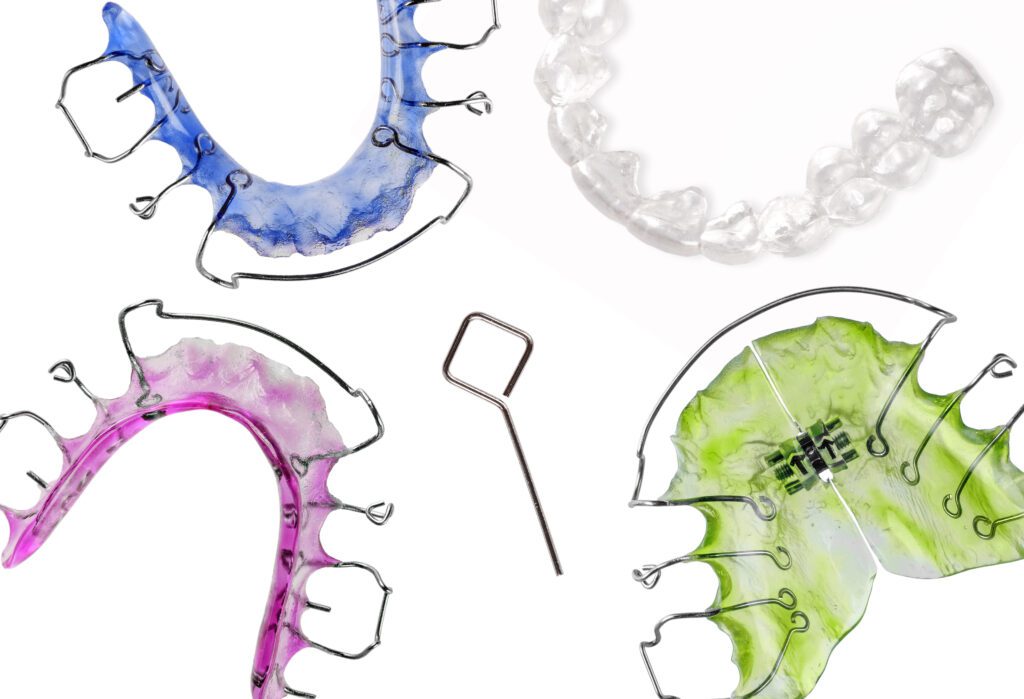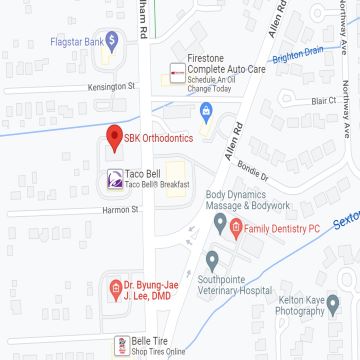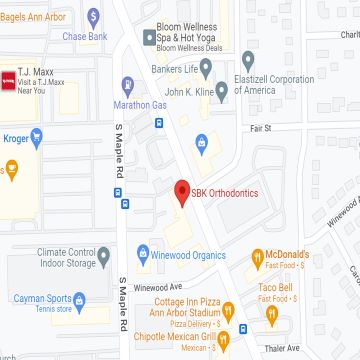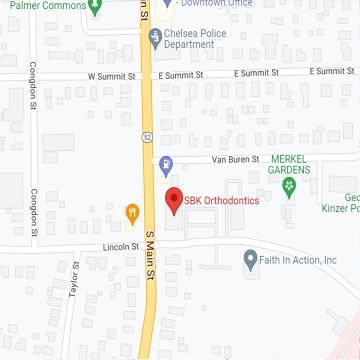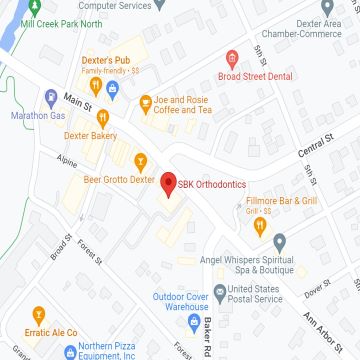Everything You Need to Know About Orthodontic Retainers
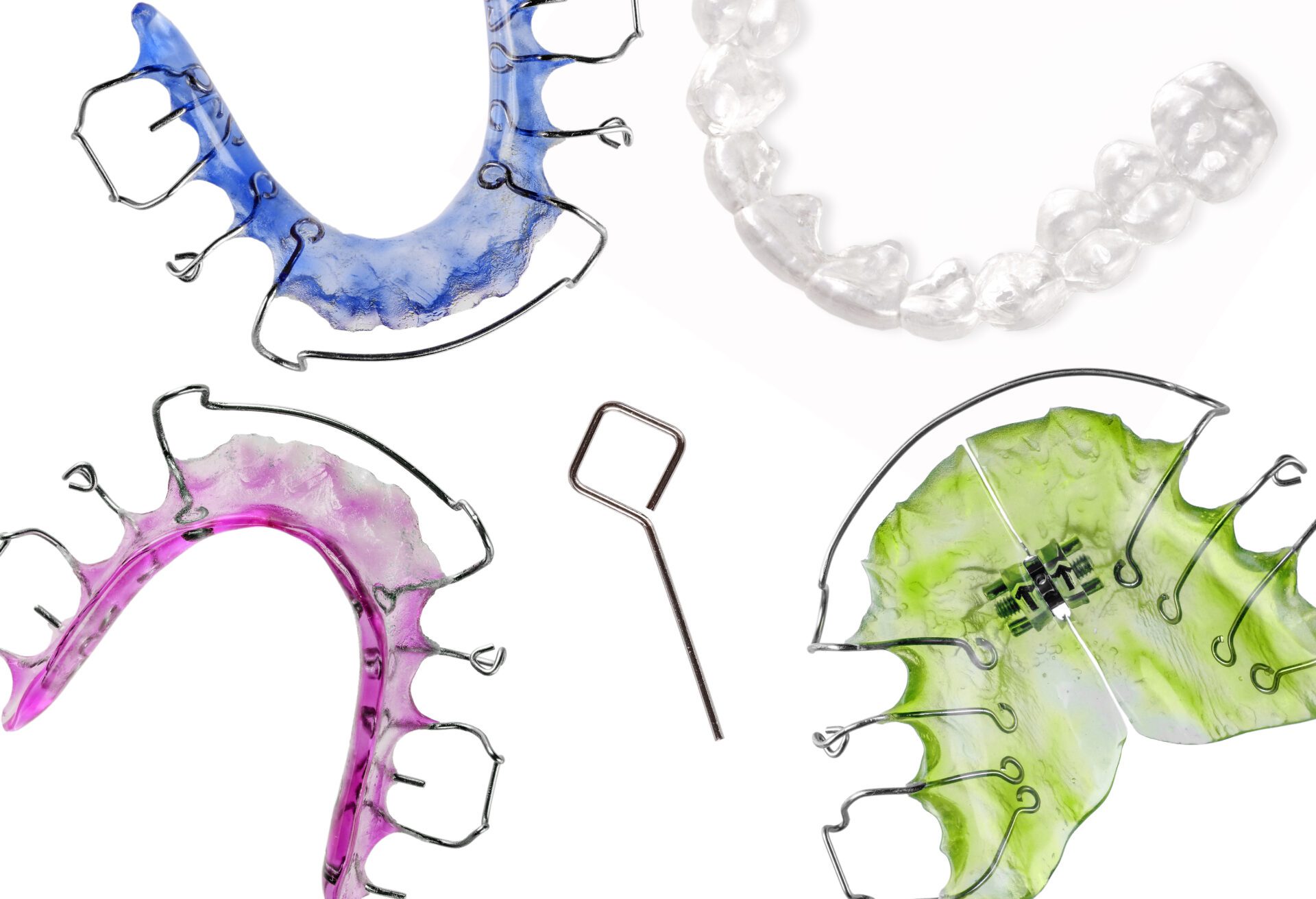
Your Beautiful Smile Deserves Lifelong Protection
After months or even years of wearing braces or aligners, the day finally arrives when your orthodontic treatment is complete. Your teeth are straight, your smile is beautiful, and you’re ready to show it off to the world. But before you celebrate too much, there’s one crucial step remaining: retainers. At our Taylor location, we understand that retainers are just as important as the treatment itself, and we’re here to help you understand everything about this essential final phase of orthodontic care.
What Are Orthodontic Retainers?
Orthodontic retainers are custom-made devices designed to hold your teeth in their new, corrected positions after your braces come off or you finish your aligner treatment. They’re called retainers because they “retain” the results you worked so hard to achieve. Think of them as the insurance policy for your beautiful new smile.
Your teeth naturally want to shift back toward their original positions, a phenomenon called relapse. Retainers prevent this from happening by keeping your teeth stable while the surrounding bone and soft tissues adapt to their new configuration. This adaptation process can take several months to over a year, which is why consistent retainer wear is absolutely critical.
Types of Retainers
There are three main types of retainers, and at our Taylor office, we’ll help you determine which option is best for your specific needs.
- Hawley Retainers are the traditional type you might remember from years past. They consist of a metal wire that wraps around the front teeth, held in place by an acrylic plate that sits against the roof of your mouth or along the inside of your lower teeth. These retainers are durable, adjustable, and can last for years with proper care. They’re also customizable with different colors and designs.
- Clear Plastic Retainers look similar to clear aligners and fit snugly over your teeth. They’re virtually invisible, which makes them popular among teens and adults who want a discreet option. These retainers are comfortable and easy to wear, though they may need to be replaced more frequently than Hawley retainers since they can crack or become discolored over time.
- Fixed Retainers are thin wires bonded to the back of your front teeth, usually on the lower arch. Since they’re permanent, you don’t have to remember to wear them, making them an excellent option for patients who might struggle with compliance. However, they require extra attention during brushing and flossing to keep the area clean.
How Long Do You Need to Wear Retainers?
This is one of the most common questions we hear at our Taylor practice, and the answer might surprise you. Initially, you’ll likely need to wear your retainer full-time, meaning 20 to 22 hours per day, for the first several months after treatment. This gives your teeth the support they need during the critical stabilization period.
After this initial phase, most patients transition to nighttime-only wear. However, many orthodontists now recommend wearing retainers indefinitely, at least a few nights per week, to maintain your results for life. Your teeth can shift at any age, so lifelong retention is the best way to protect your investment in orthodontic treatment.
Caring for Your Retainer
Proper retainer care ensures it stays clean, effective, and lasts as long as possible. Removable retainers should be cleaned daily with a soft toothbrush and mild soap or non-abrasive toothpaste. Avoid hot water, which can warp the plastic. When you’re not wearing your retainer, keep it in its protective case to prevent loss or damage.
For fixed retainers, regular brushing and flossing are essential. Use a floss threader or water flosser to clean around the wire, and don’t skip your regular dental cleanings.
What Happens If You Don’t Wear Your Retainer?
Skipping retainer wear can lead to teeth shifting back toward their original positions. Sometimes this happens quickly, within just a few weeks or months. If your teeth do shift, you may need additional orthodontic treatment to correct them again, which means more time and expense. The bottom line is simple: wearing your retainer as directed protects the results you’ve achieved.
At our Taylor location, we’re committed to helping you maintain your beautiful smile for a lifetime. If you have questions about retainers, need a replacement, or want to schedule a follow-up appointment, our team is here to support you every step of the way. Your perfect smile is worth protecting!



